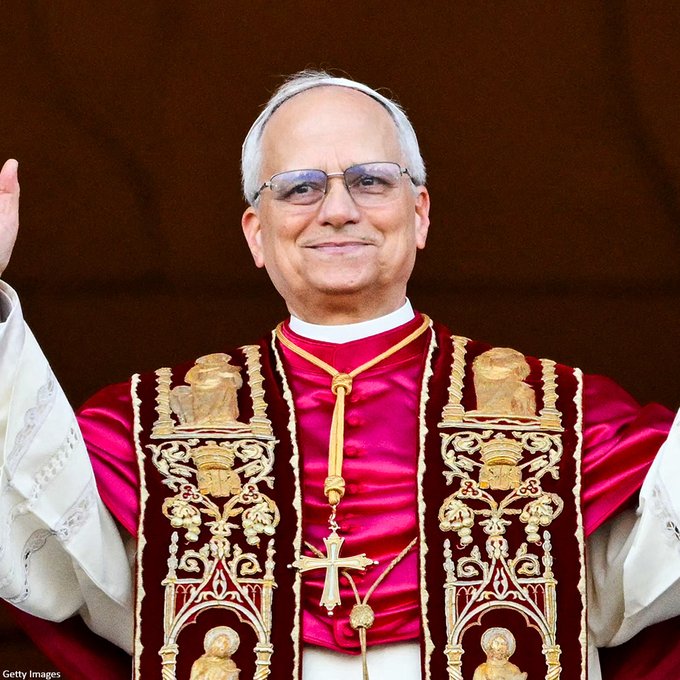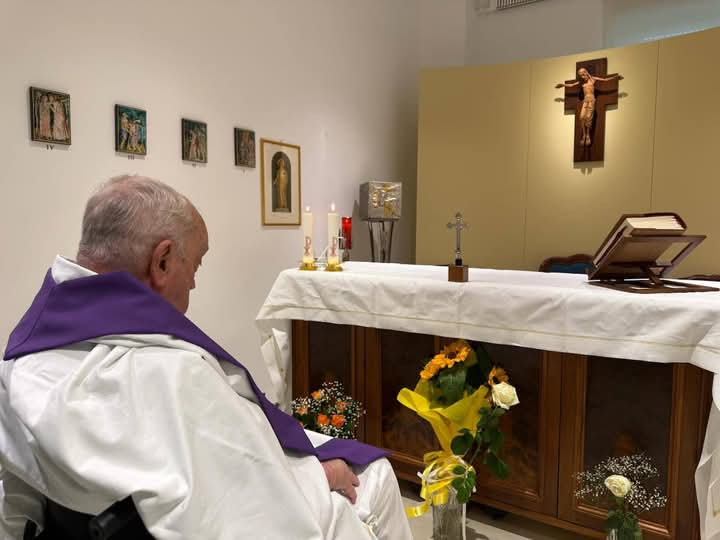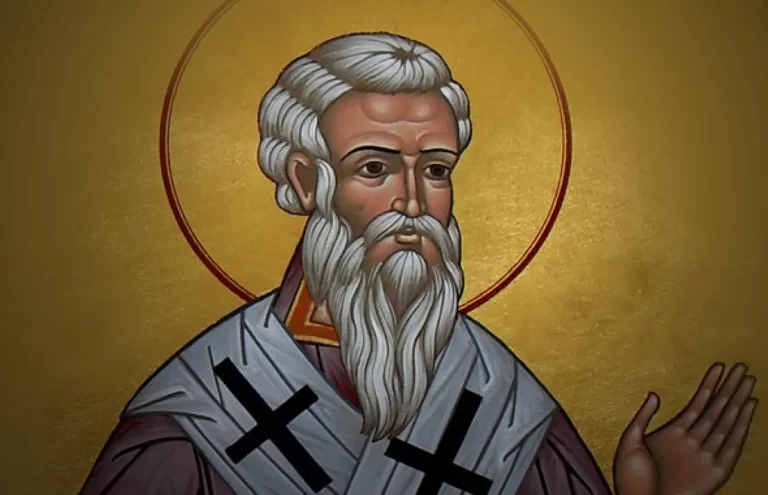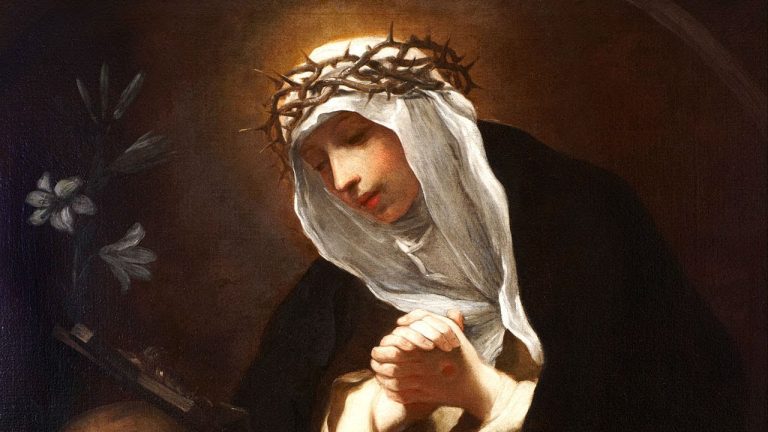
This week, we honor Saint Joan of Arc — a fearless teenager, mystic, and martyr who rose from a humble peasant background to lead French forces to victory, only to give her life for her unwavering faith. Her story is one of extraordinary courage, obedience to God, and historical impact.
Early Life: A Humble Beginning
Joan of Arc was born around January 6, 1412, in Domrémy, a small village in northeastern France. She was raised in a devout Catholic family and from an early age showed strong religious devotion, regularly attending Mass and praying fervently.
At the age of 13, Joan began experiencing what she described as heavenly visions. She reported seeing and hearing saints — Saint Michael the Archangel, Saint Catherine of Alexandria, and Saint Margaret of Antioch — who gave her a divine mission: to drive the English out of France and support the rightful king, Charles VII, during the Hundred Years’ War.

Mission from God: Warrior of Faith
By the time Joan was 17, she convinced local officials to take her to meet the Dauphin, Charles VII. Despite her young age and lack of military experience, her confidence, spirituality, and knowledge of Charles’ private prayers impressed the court. After investigation by theologians, she was granted military support.
Joan cut her hair, wore armor, and led French troops — becoming a symbol of hope and divine favor. In May 1429, she led a decisive victory at the Siege of Orléans, which turned the tide of the war. Her leadership helped Charles to be crowned King at Reims Cathedral on July 17, 1429, fulfilling her prophecy.
Betrayal and Martyrdom
In 1430, Joan was captured by Burgundian soldiers, allies of the English. She was sold to the English and handed over to church authorities in Rouen, where she was placed on trial for heresy, witchcraft, and cross-dressing (a charge based solely on her wearing of male military attire, which she did for safety and practicality).

Joan remained steadfast in her testimony. Despite being threatened with torture and execution, she refused to deny her visions. On May 30, 1431, at the age of 19, she was burned at the stake in the market square of Rouen, crying out “Jesus, Jesus!” with her final breath.
In 1456, a new trial ordered by Pope Callixtus III overturned the previous ruling and declared Joan innocent. She was officially recognized as a martyr.

Canonization and Legacy
Joan of Arc was canonized as a saint in 1920 by Pope Benedict XV. She is now one of the patron saints of France, and also the patron of soldiers, captives, and people who are ridiculed for their faith.
Her feast day is celebrated on May 30 — the day of her martyrdom.
Joan of Arc shows us that God can use anyone — regardless of age, background, or education — for powerful purposes. Her life is a testimony to courage, conviction, and obedience to divine calling, even when the world does not understand.
Join us next week for another powerful edition of Saint of the Week, as we continue our journey through the lives of those who shaped the Church and continue to inspire us today.






